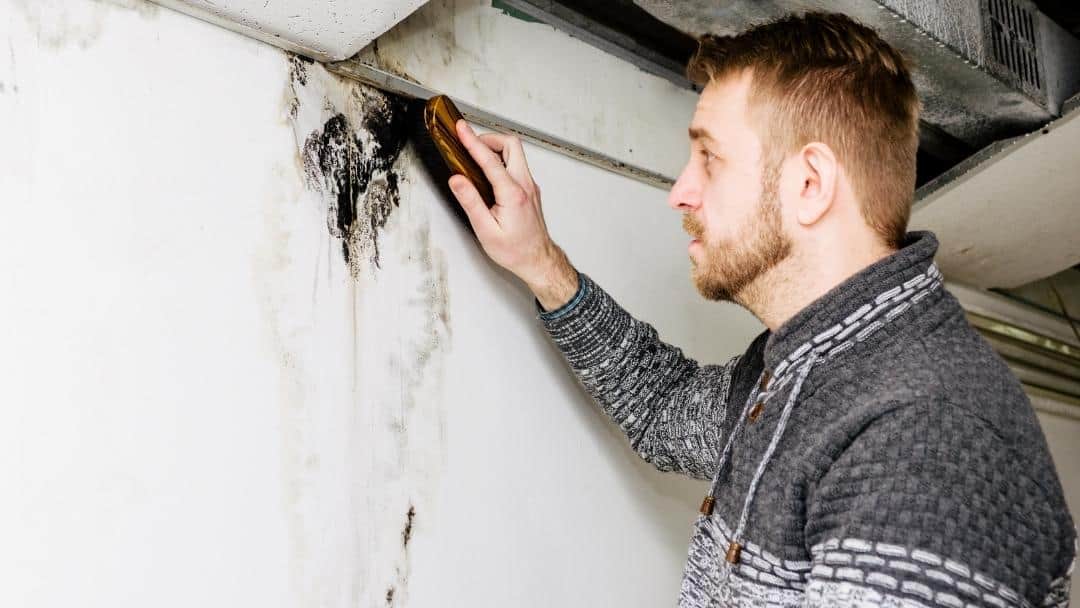
Between hurricanes, tropical storms and heavy rains, the state of Florida suffers from significant flooding and general moisture problems. Beyond the inconveniences that humidity can represent, there is an additional problem that we must consider. We are talking about mold, that fungus that spreads easily and can represent a serious problem for people’s health. Also, in some cases it can damage the home and belongings inside. In some cases, mold damage can be repaired, while in others this task is much more difficult. As a result of this problem, we have prepared the following guide to answer the question of whether mold damage is reversible and in what cases we can solve it.
In principle, it is important to clarify that each case may differ, so there is no general rule. Sometimes the problem can be easily fixed, and sometimes not. It is especially important that before attempting to solve the problem, you consider the health risk posed by mold. In many cases, it will be more convenient to seek professional help to take care of this matter. Also, remember that many home insurances cover mold damage. Contact our public adjuster in Florida to get the advice you need and file an insurance claim that covers all costs for the cleanup and repair.
Cases in which mold damage is reversible
Before beginning to reverse the effects of mold that may occur, it is essential to prevent its growth and proliferation. Moisture is the main requirement for the growth of this fungus, so if we don’t eliminate the source of it, the problem will possibly reappear. Be sure to address the moisture issue before you begin your mold cleanup, whether it’s from a flood, a roof leak, or a broken pipe.
Once this issue is resolved, let’s see in which cases mold damage is reversible and what we can do about it. In general, mold cleanup can be done in most cases, but your bare hands won’t always suffice. In some cases, it will be essential to have professional help. According to the United States Environmental Protection Agency, a stain smaller than 10 square feet can be removed by an individual. On the other hand, if the size exceeds that surface, the action of an expert is recommended under all circumstances.
In case you choose to clean up the mold yourself, there are several recommendations that you should keep in mind. The first is to use essential safety items for the job. An N95 mask will prevent you from inhaling harmful particles, while safety glasses will prevent them from entering your eyes. It is also a good idea to wear rubber boots and gloves, to avoid any kind of contact. In addition, the clothes you wear should be discarded or washed immediately to avoid spreading the spores throughout the rest of the home.
For mold removal, the most effective is to use bleach diluted in water. With the prepared mixture, rub insistently with a brush on the surfaces where the stain is found until the fungus is completely eliminated. When finished, rinse the area with clean water and dry the sector as much as possible. An important recommendation is to ventilate the environment once you have finished cleaning. In this way, you will eliminate any trace of moisture or chlorine that remains on the surfaces.
Cases in which mold damage is not reversible
Although mold damage is reversible, there are cases where this task becomes extremely complex. In addition to size, which can be an impediment to proper cleaning, there are also more complicated surfaces. Textiles, for example, have an absorption capacity that makes it very difficult to completely eliminate mold. In some cases, the best recommendation is to get rid of these items. However, the most complex thing that can happen with mold is that it reaches the foundation of the house. If this happens, you should contact professionals to enable a definitive solution.
